The Trek Madone Gen 8 takes inspiration from the Emonda and earlier Madone models to create a new “super-bike.” Think of it as a greatest hits album from the Trek Road technologies, but all gathered under the Madone name. The Madone Gen 8 combines two popular (and sometimes hard to choose from) Trek models now (light and fast) under a singular bike model. Trek makes the road bike buying decision easier for the customer and keeps Trek’s commitment to reducing overall SKUs by 40% by 2026.
Trek Madone Gen 8 Overview
Trek’s new Gen 8 Madone line looks like the “every bike” that companies are always searching for—a bike that can climb and sprint and has all the aerodynamics to satisfy the “free watt” counters.

So, Did Trek Do It?
On paper, the Madone Gen 8 is as light as the current Emonda SLR frameset and 320g lighter than the Madone. This weight reduction is due to an all-new level of Trek carbon dubbed “900 series OCLV Carbon.”
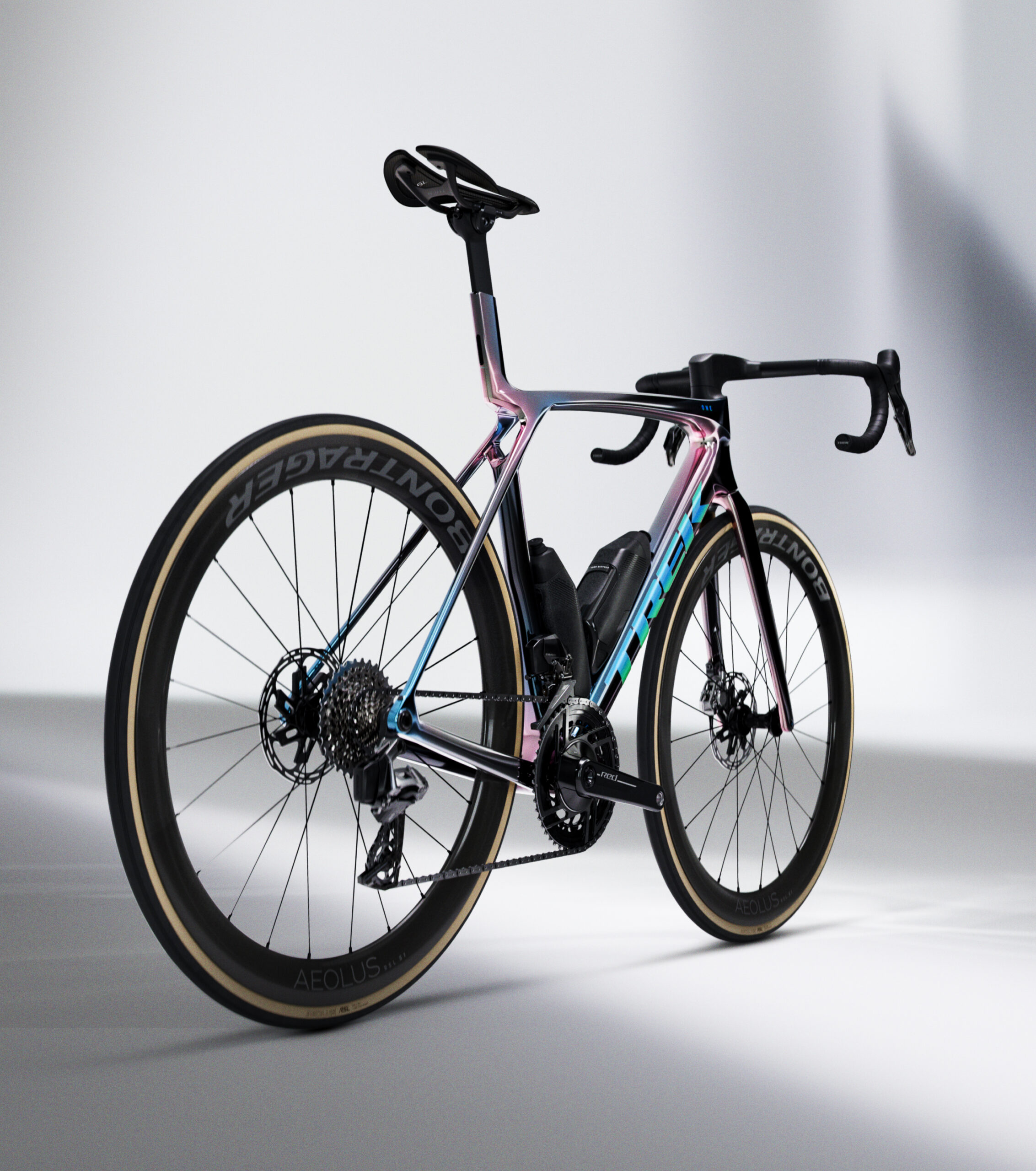
Trek says the new OCLV 900 Series Carbon is up to 20% stronger material than the previous 800 OCLV carbon. Treks’ new and more efficient molding processes use less material and save weight. Also, the new Madone Gen 8 uses a single-piece carbon fork, saving extra weight. Check that the box is accomplished.

Trek Madone Gen 8 Weights
Below is a full breakdown of each Trek Madone Gen 8 and its corresponding weight. No surprise, the lightest model is the Madone SLR 9 Gen 8 ($17K) at 15.55 lbs; the heaviest is the Madone Gen 8 SL5 at 19.18 lbs ($3,500). But the Madone Gen 8 story isn’t all weight; it’s a balance of weight, aerodynamics, and comfort—the trifecta of a well-rounded ride and something challenging to produce.
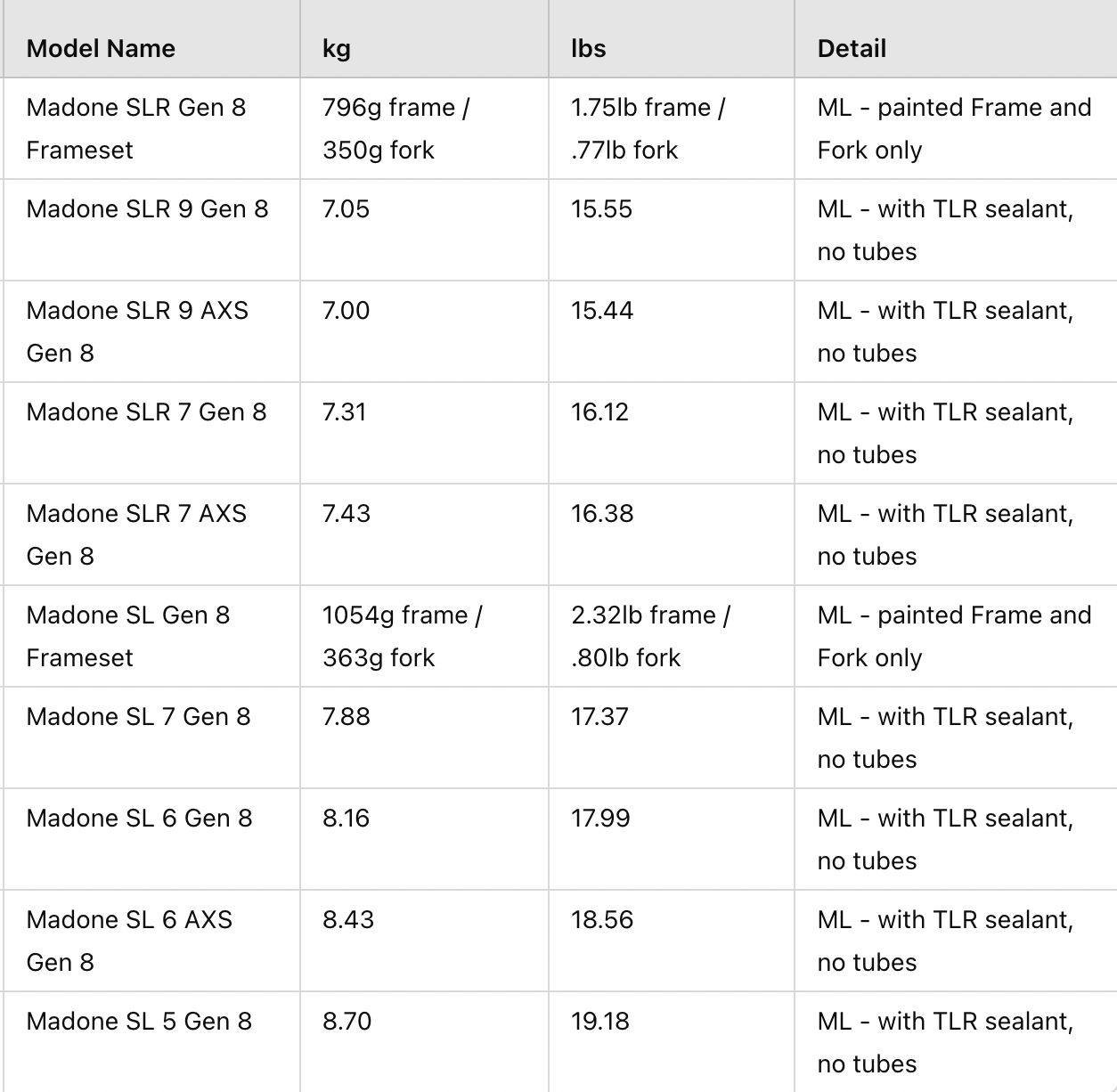
How About Sprinting and Aerodynamics?
For the Madone Gen 8, Trek used different tube shapes and a “Full System Foil” aero design, a departure from the Kamtail Foil Trek previously used.
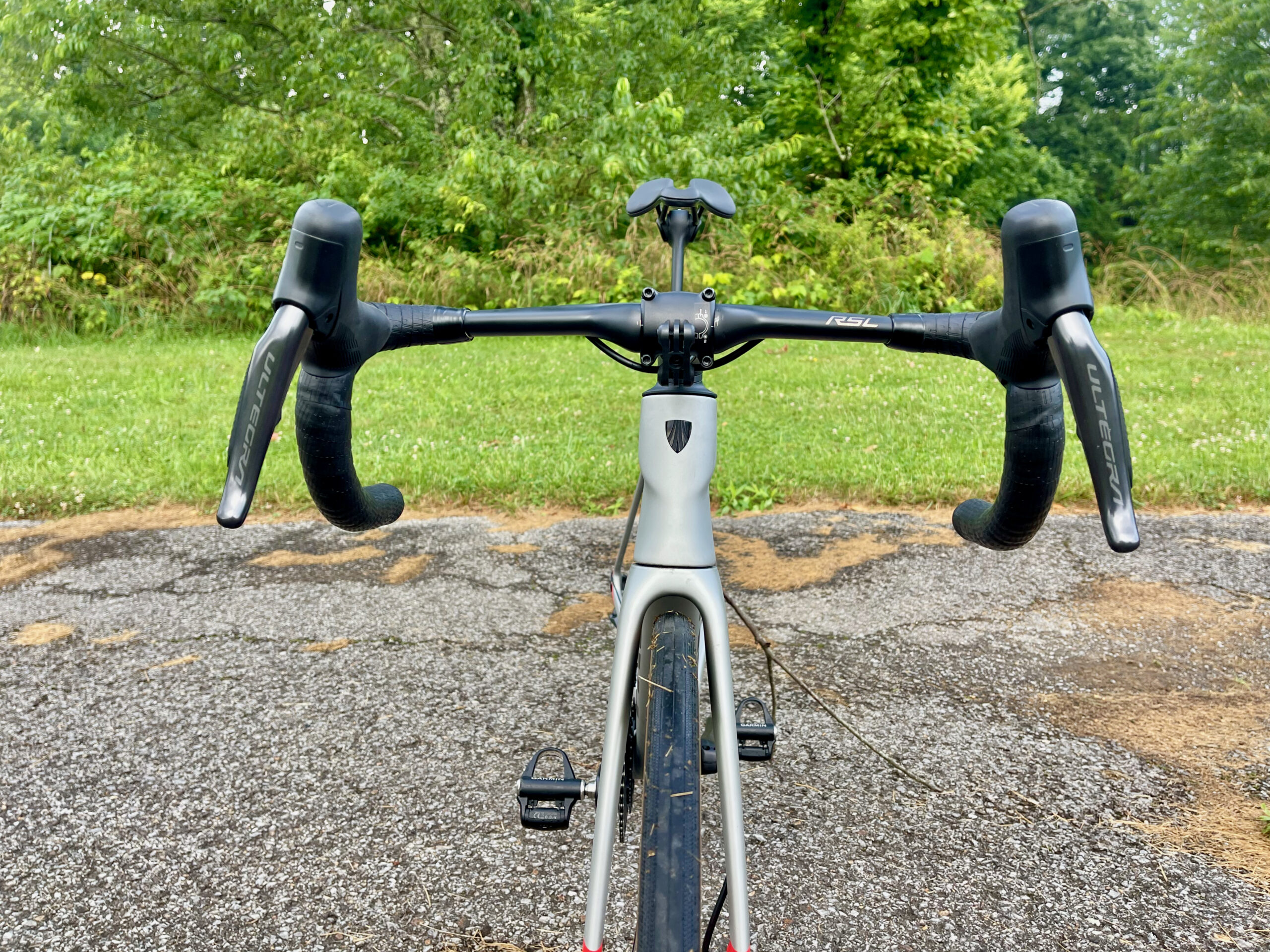
Trek says the Madone Gen 8 is 77 sec/hr faster than Émonda and as fast as the previous Madone. So, it’s as fast as the current model but much lighter, giving the bike another dimension in climbing ability and agility.

For this Madone, Trek opted for different tube shapes optimized for smaller and larger sizes. This ensures a balanced ride across sizes and a more proportional aesthetic.

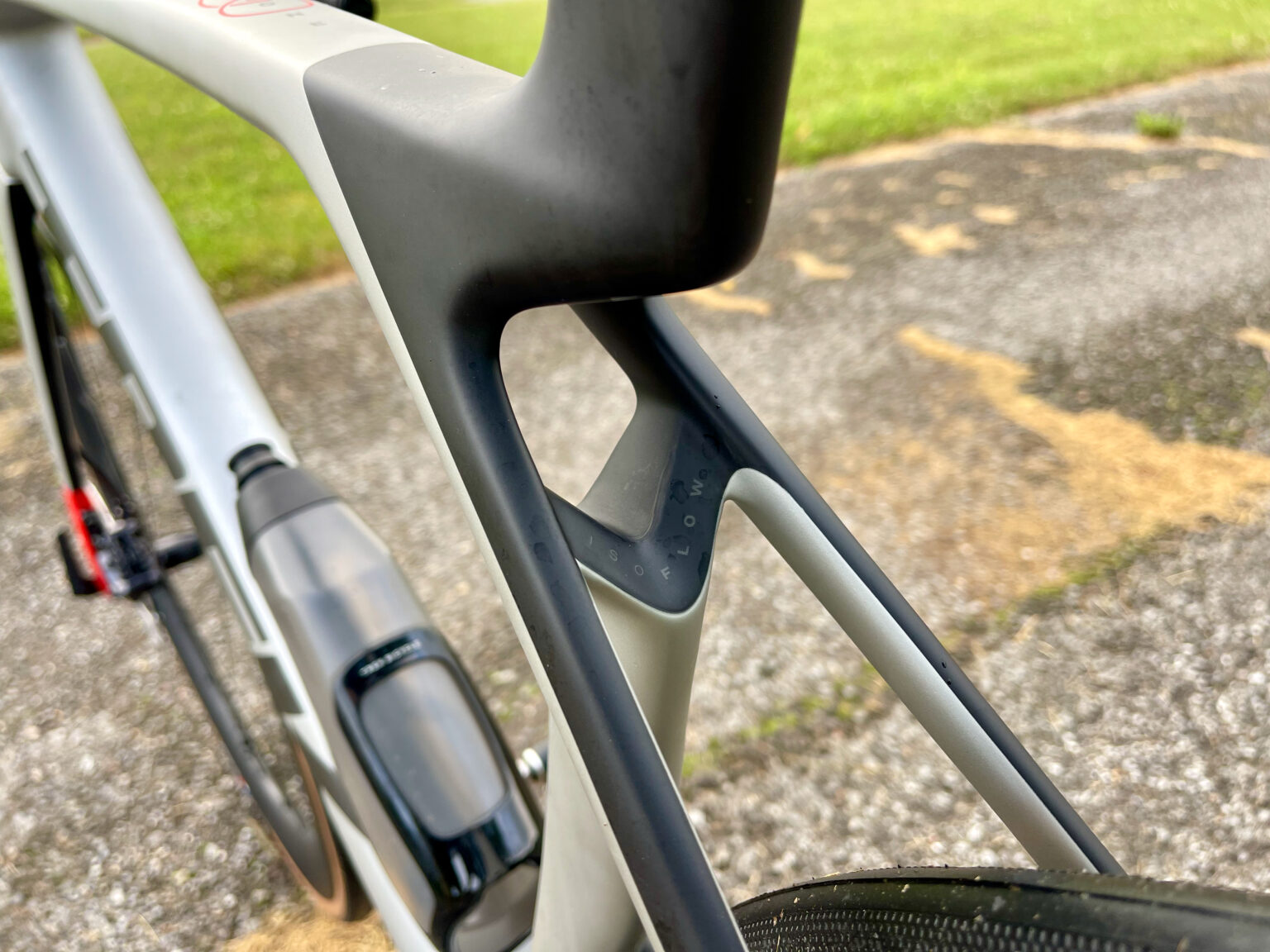
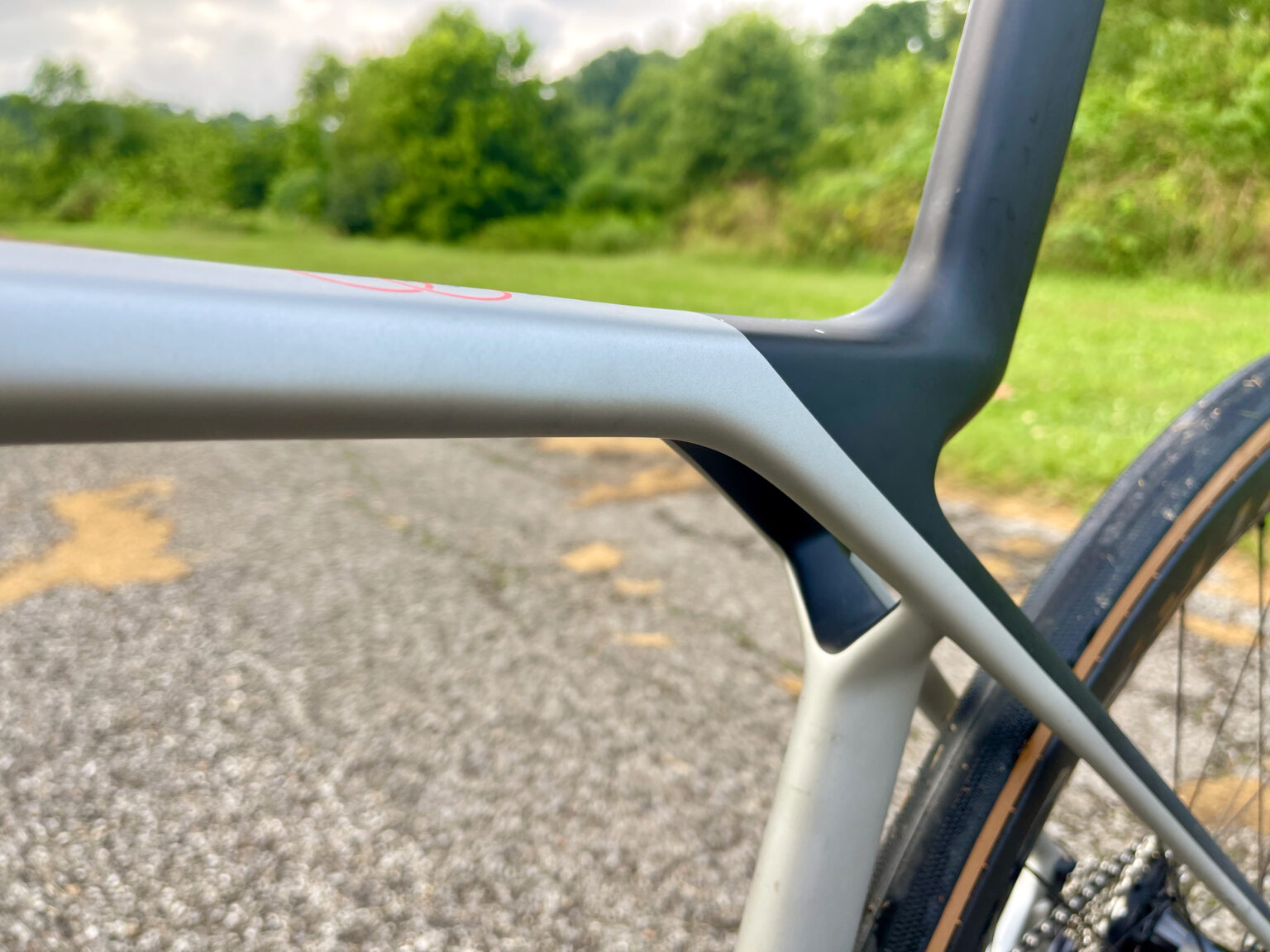
Improved IsoFlow Technology
A key takeaway from the Madone Gen 7 is the IsoFlow technology. Madone Gen 8’s updated IsoFlow technology is lighter and provides 80% more vertical compliance than before. Remember, this isn’t actual travel; it’s more like mirco-small-bump-compliance, and it’s a notable difference in comfort while on slightly gravel/country road terrain.


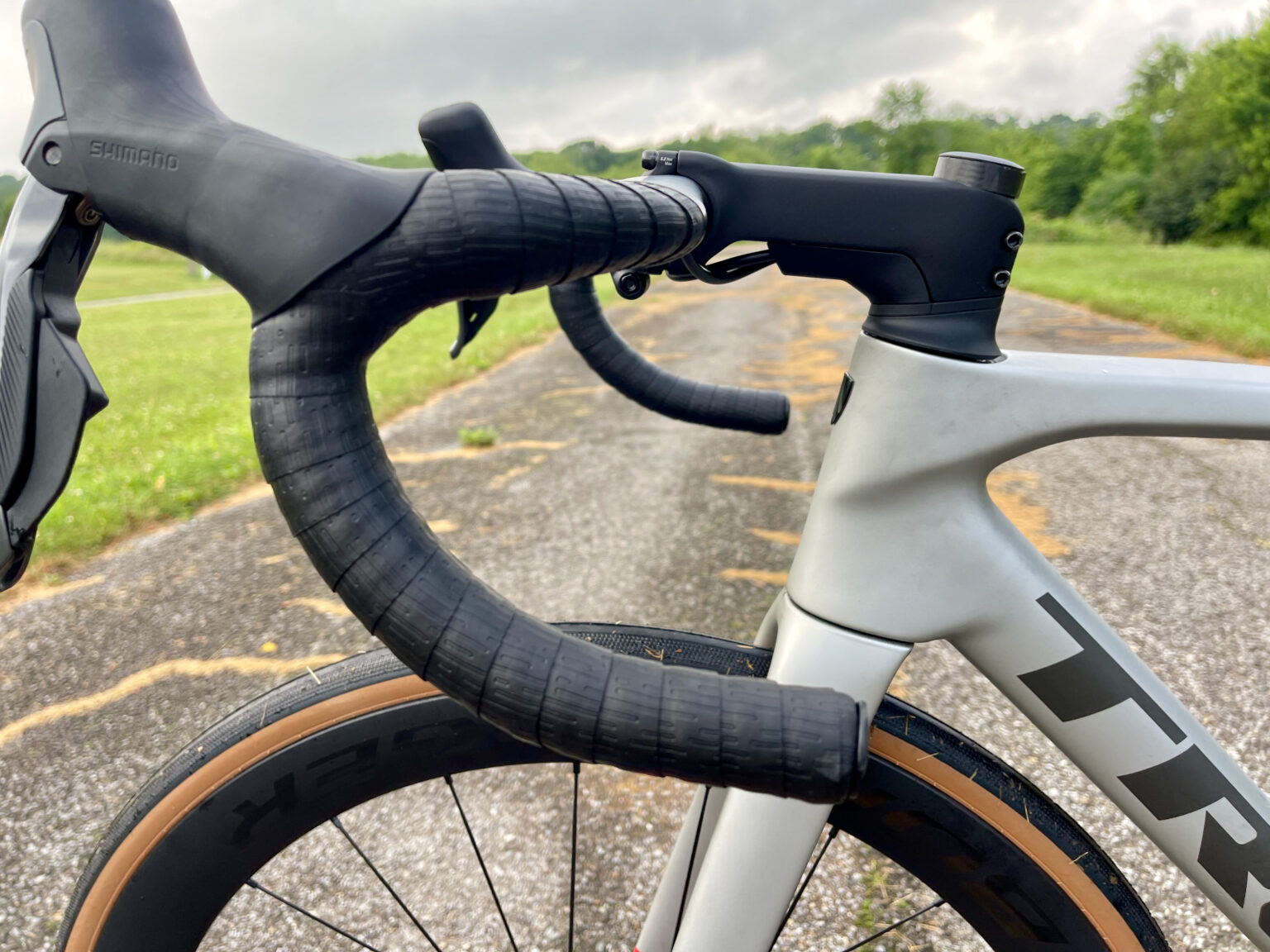
New lighter-weight and more ergonomic bar/stem
The Trek Madone Gen 8 SLR models come with an updated Aero RSL Road Integrated Bar/Stem. The new cockpit is crafted from OCLV Carbon in “ultra-fast aero shapes” and has hoods that are 3cm narrower than the drops.
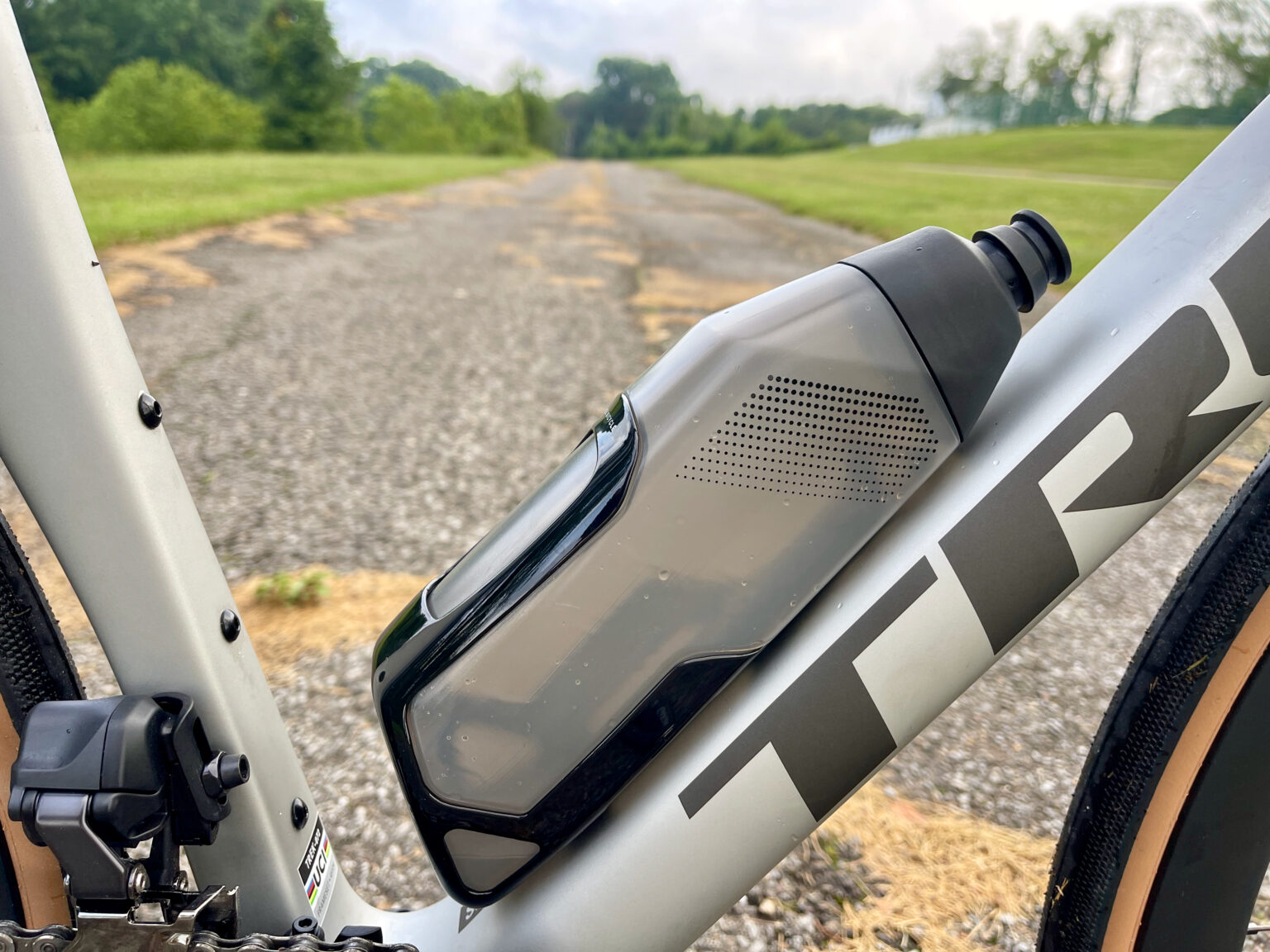
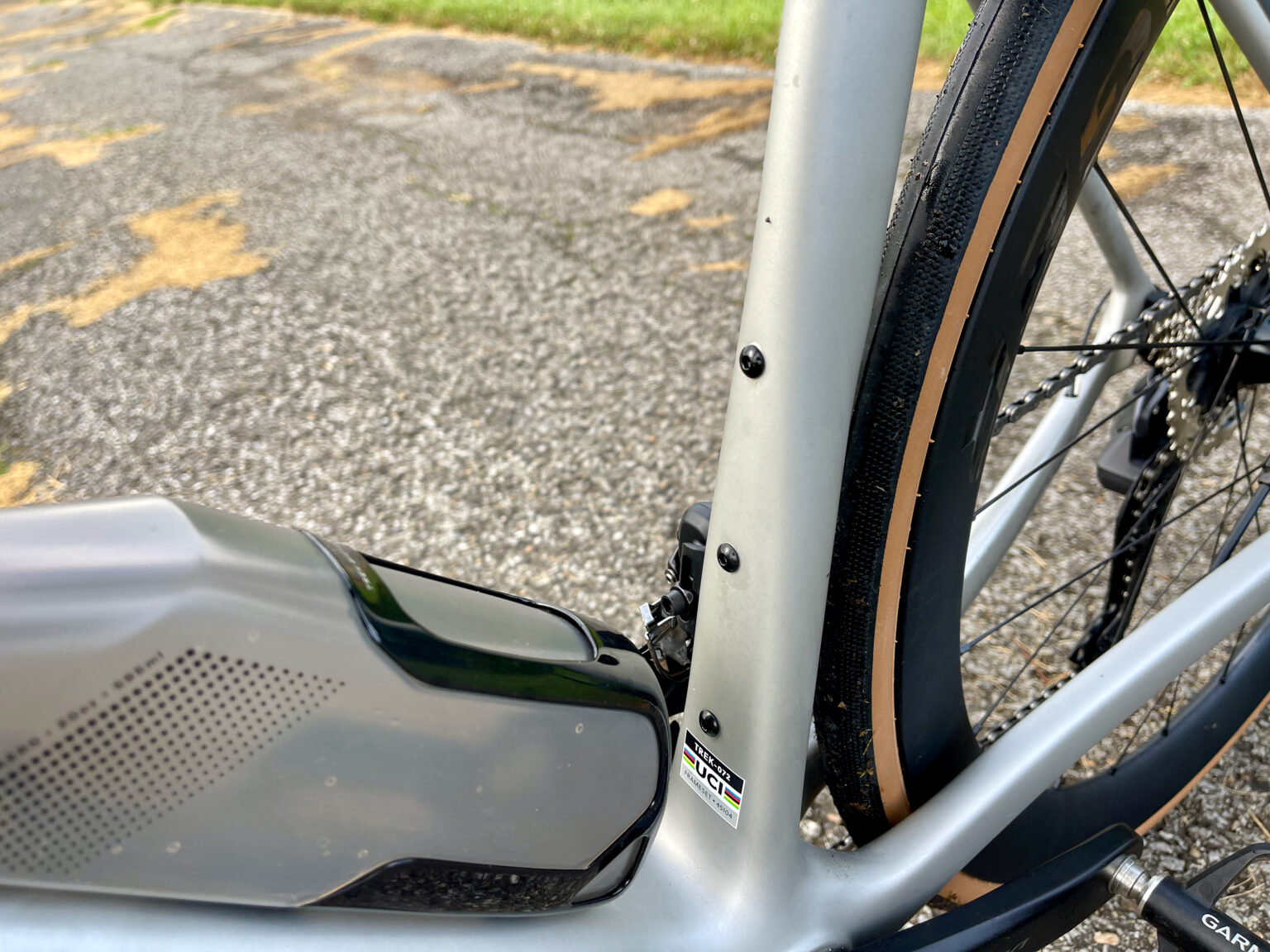

Aero-accessories
Some aero-help help comes from neatly integrated race day bottles, dubbed RSL Aero Bottles. The new bottles come with the SRL version of the Madone Gen 8 and are available separately. They offer enough water for a hot 60-minute crit, and the cages are compatible with traditional bottles in case you drop on trying to put it in (they are one-way bottles.)
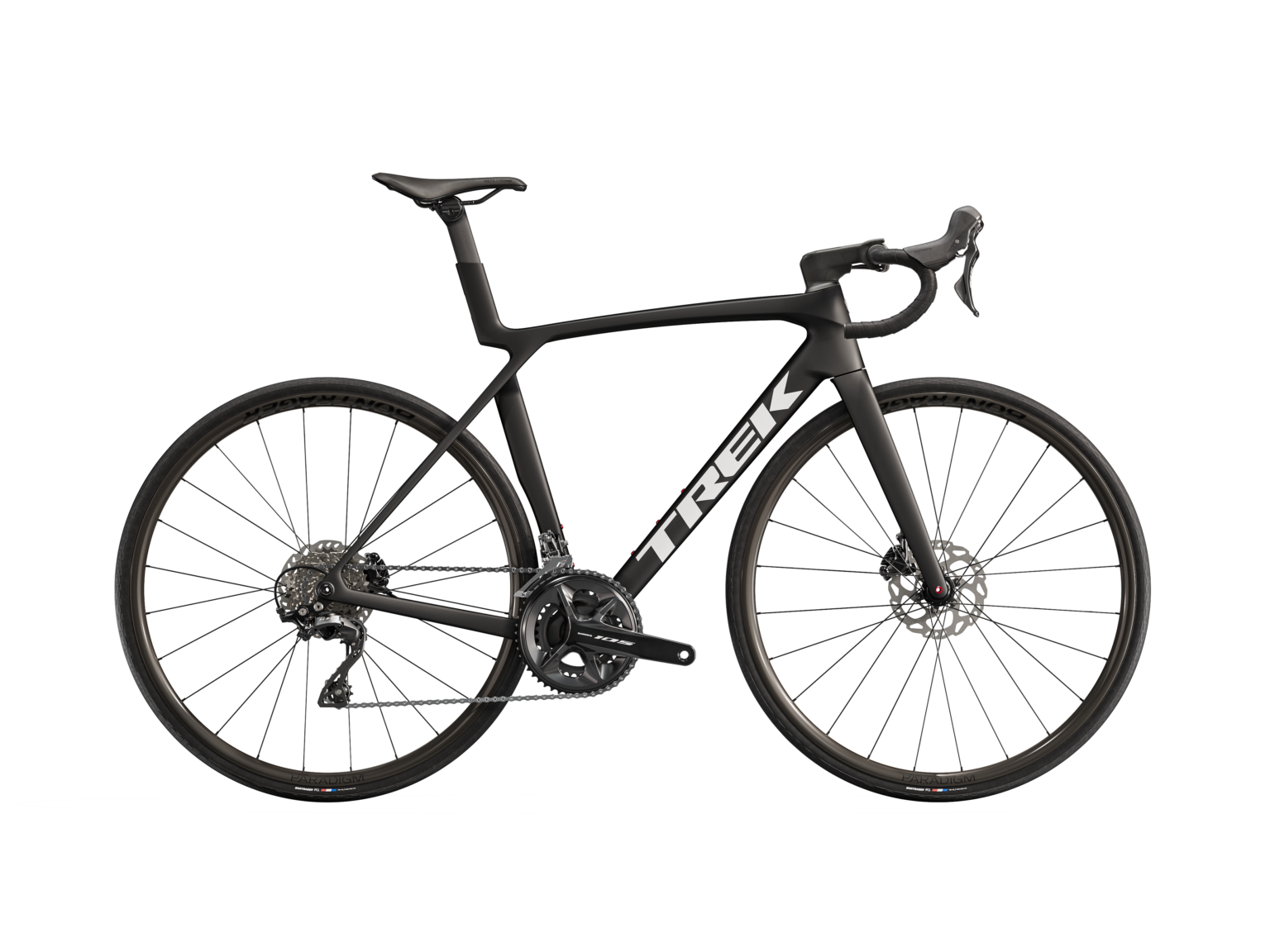


More Madone Gen 8 For the Masses
The all-new Madone SL shares the same frame technology as the SLR model but keeps costs down. The Madone SL uses a more economical 500 Series OCLV Carbon and two-piece handlebar/stem combos. The Madone SL models range in price from $3,500 for the Madone SL 5 to $6,500 for the Madone SL7 (our test ride).
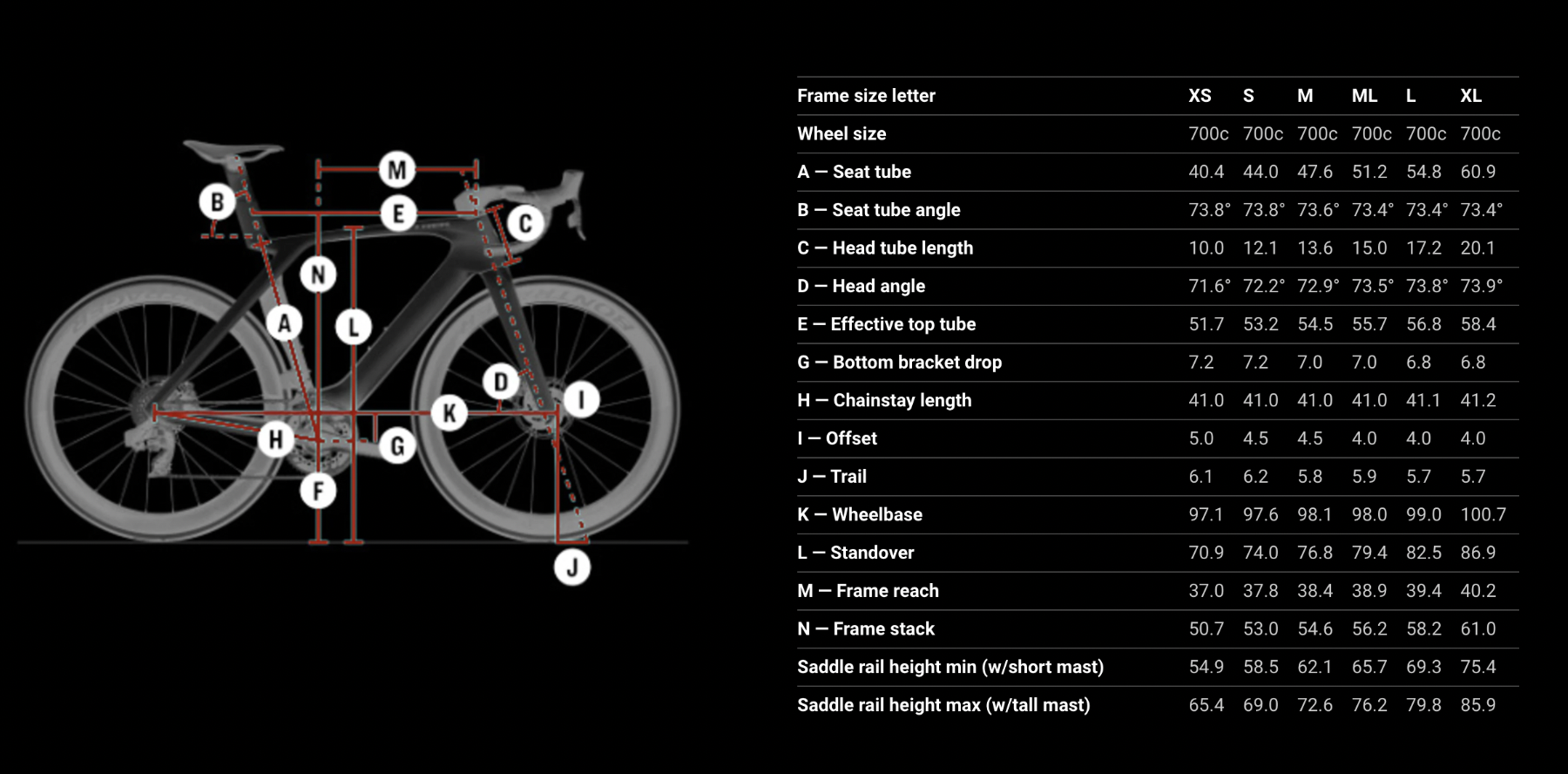
Trek Madone Gen 8 Geometry
For the Madone Gen 8, Trek went for T-shirt sizing rather than traditional. This move to T-shirt sizing eliminates the smallest XXS and the largest XXL sizing, keeping XS, S, ML, L, and XL. The frame sizing sticks to a somewhat “normal” sizing chart. The most pivotal sizing: M has a 54.5, and the ML has a 55.7 effective top tube.
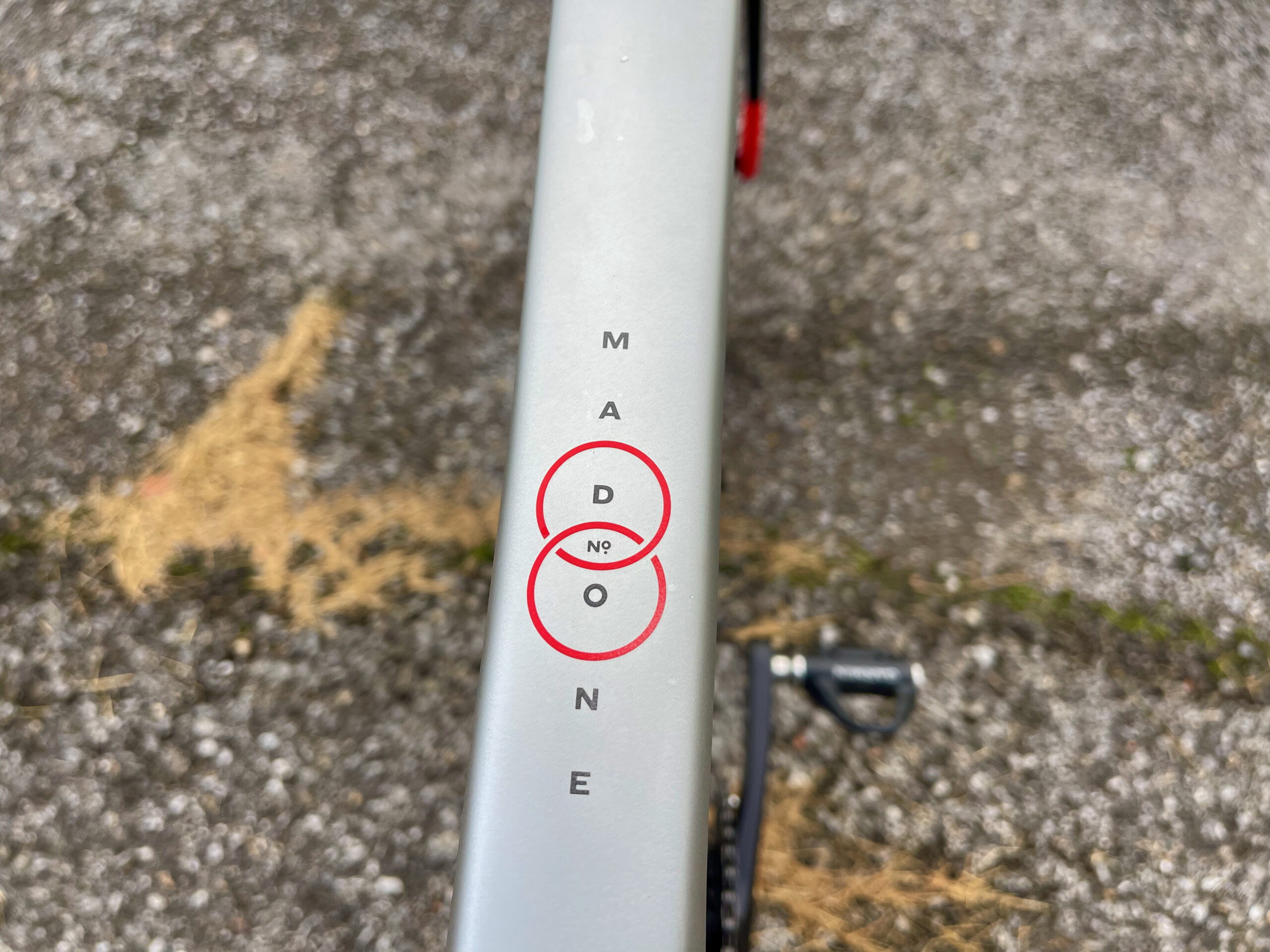
Welcome H1.5
If you’re a Trek rider, you already know about H1 and H2 sizing. H1 is a “professional” race fit, and H2 is a little palatable for the non-pro and all around rider. Now, Trek is combining the fitting and ushering in H1.5 – a combo of the two offerings. Trek says the new Madone has the same drop shape as the Gen 7 Madone and is still 3cm narrower on hoods than drops.
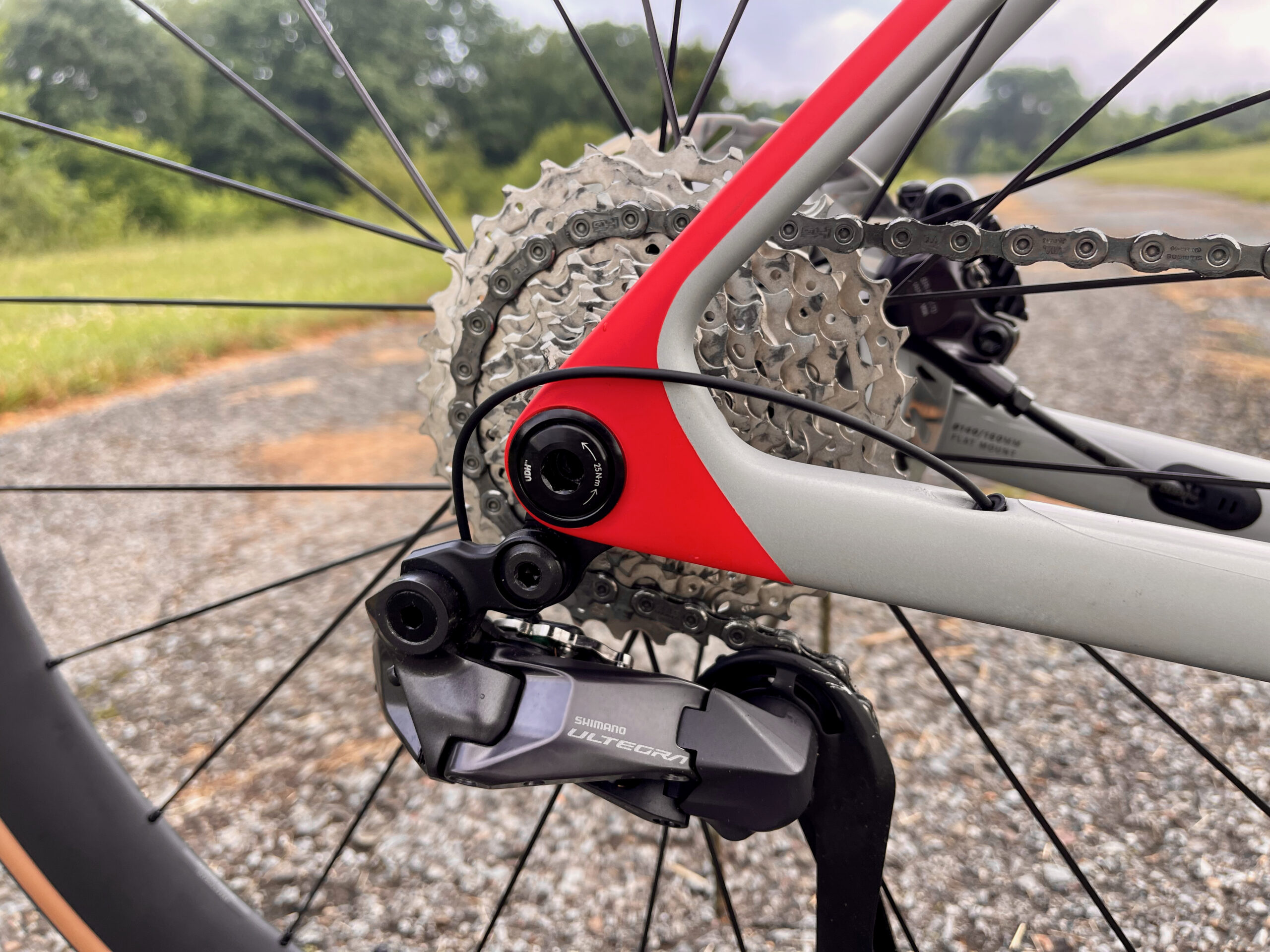
Trek Madone Gen 8 Pricing
The new Trek Madone Gen 8 is available in nine different complete bike models (four Madone SL models and five SLR models) and two frameset options. The models start a race-ready $3,500 price point and grow to a “Who is this for?” $17,000 Project One offering.
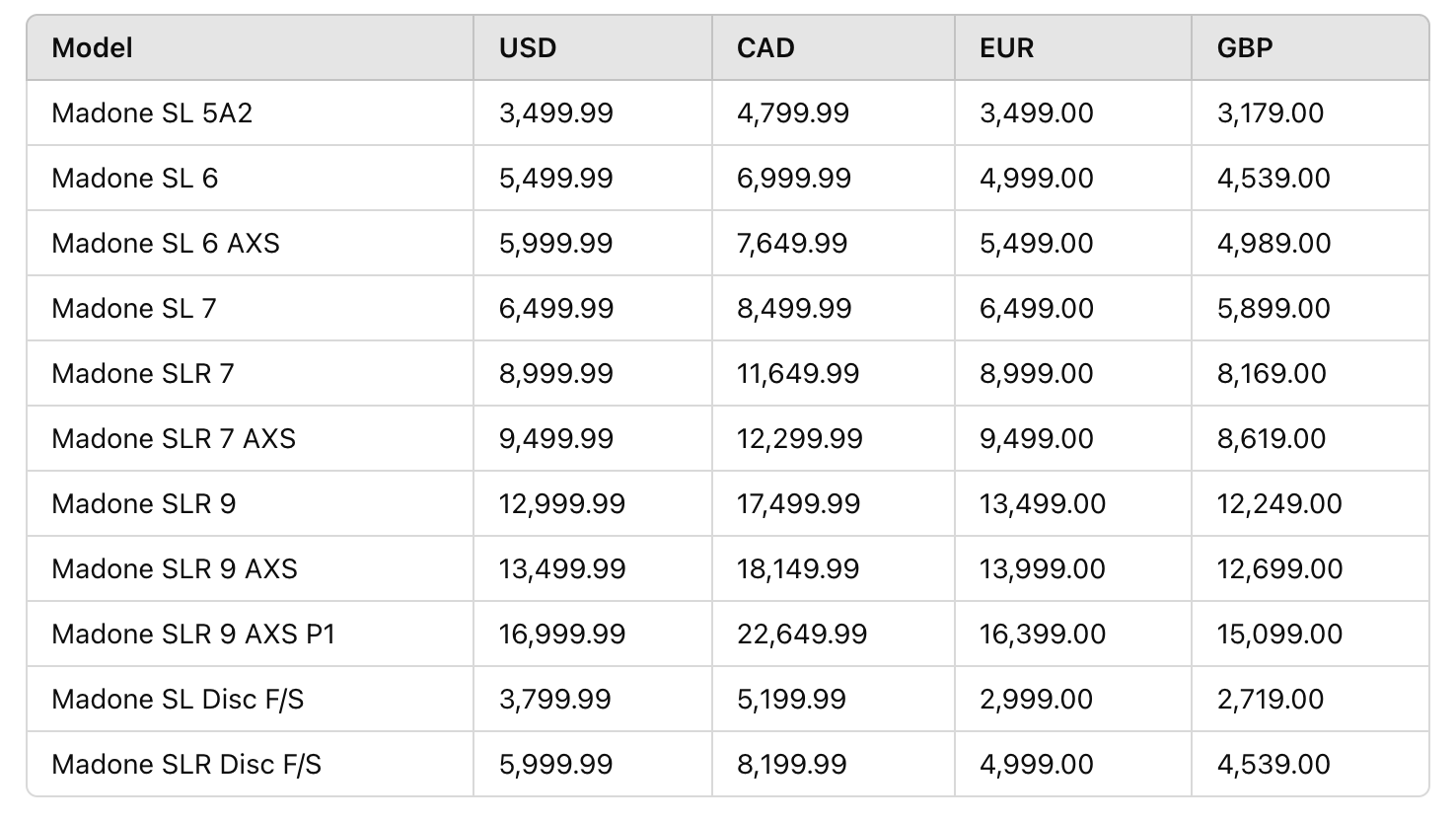
All bikes are either SRAM or Shimano builds with Bontrager wheels and components. The Madone SLR bikes have Trek RSL Aero-Cages, and RSL bar stem combos. The Madone SL models have a Bontrager (proprietary) aero stem and bar combo.
Look for a full review as we get more time under the monster, and look for the Lidl-Trek and the new Madone SLR at the Tour de France.
Madone Gen 8 will be available globally at select Trek retailers and online at trekbikes.com.